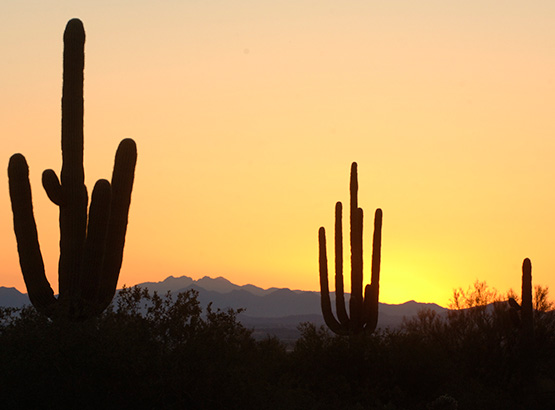Greater Western Mastiff Bat
Greater western mastiff bats roost in deep crevices in tall, rugged cliffs and outcrops with unobstructed entry/exit access, due to their low maneuverability and fast flight. Habitat associations include xeric scrubland to ponderosa pine habitats.

About
The greater western mastiff bat emits a distinctive, audible “chirp” every two to three seconds while in flight. It requires a height of at least two meters to take off due to its size and wing length. They typically live in small colonies of 13 – 70 individuals. Females give birth to a single young between June and August. They feed on moths, beetles, and dragonflies. Roosting in high canyon crevices, they are challenging to observe and capture.
Location Preference
The greater western mastiff bat’s preference for roosts in high cliff areas makes it a difficult bat to study. We lack very basic information about this species that would help with management recommendations. In particular, population trends and winter habits are poorly known. Historic roost sites should be revisited to determine whether they are still occupied. Identifying roost sites and important foraging areas is crucial to manage this species.

Our Mission
To conserve Arizona’s diverse wildlife resources and manage for safe, compatible outdoor recreation opportunities for current and future generations.
Wildlife Viewing
See wildlife species in the wild.
The Wildlife Viewing Program is committed to achieving wildlife conservation by engaging the public in activities and with cams that increase awareness of and appreciation for wildlife garnering public support for the Department’s unique role in wildlife management. These practices ensure the continued existence of Arizona’s diverse wildlife and habitats by promoting sustainable viewing practices.
See more in the wildlife viewing section of the website
